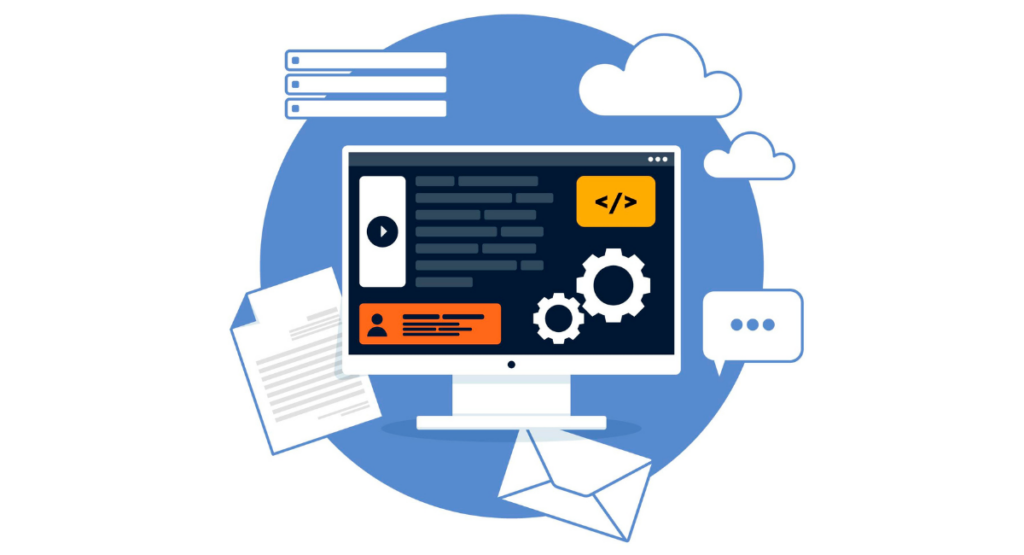In today's fast-paced software development world, efficiency and collaboration are paramount. Cross functional DevOps teams are increasingly being adopted to streamline processes and improve product quality. But setting up these teams effectively requires careful planning and execution.
This blog post will guide you through the best practices for establishing cross functional DevOps teams, providing valuable insights for QA engineers, developers, project managers, and engineering leaders.
Introduction to Cross Functional DevOps Teams

Cross functional teams combine diverse skills and expertise to break down silos in the software development lifecycle.
By integrating development, operations, and quality assurance, these teams ensure faster delivery, better quality, and enhanced collaboration.
In this post, you'll learn the benefits of such teams, best practices for setting them up, and real-world examples of their success.
Benefits of Cross Functional Teams in Software Development
Enhanced Collaboration
One of the primary benefits of cross functional DevOps teams is the improved collaboration between different departments. Developers, QA engineers, and operations personnel work together towards common goals, fostering a culture of shared responsibility and mutual respect.
Faster Time-to-Market
By breaking down traditional silos and encouraging continuous integration and delivery (CI/CD), cross functional teams can significantly reduce the time it takes to bring a product to market. This agility allows companies to respond to market changes and customer feedback more quickly.
Improved Quality and Reliability
Cross-functional teams focus on quality from the outset. By integrating QA processes into every stage of development, they can identify and address issues early, resulting in more reliable and robust software.
Increased Innovation
The diverse skill sets within cross functional DevOps teams foster a culture of innovation, as members can contribute unique perspectives and ideas.
This collaborative environment encourages experimentation and the adoption of new technologies, driving continuous improvement in products and processes.
Cost Efficiency
Improved collaboration and faster time-to-market lead to cost savings. By reducing delays, minimizing rework, and optimizing resource utilization, cross functional teams can contribute to a more cost-effective development process.
Best Practices for Setting Up Cross Functional DevOps Teams

Understanding the Importance of Team Collaboration
Successful cross functional DevOps teams thrive on collaboration. Encourage open communication and shared decision-making. Use team-building activities to foster trust and camaraderie among team members.
Selecting the Right Team Members
Choose team members with complementary skills and a willingness to collaborate. Include developers, QA engineers, operations staff, and other relevant roles. Ensure a balance of technical expertise and soft skills.
Establishing Clear Goals and Metrics
Define clear objectives and key performance indicators (KPIs) for the team. Align these goals with the overall business strategy. Regularly review progress and adjust strategies as needed to ensure continued alignment with organizational goals.
Implementing Agile and Lean Principles
Adopt Agile and Lean methodologies to promote flexibility and continuous improvement. Use iterative development cycles, regular retrospectives, and a focus on delivering value to the customer.
Utilizing the Right Tools and Technologies
Equip your team with the tools and technologies that support DevOps practices. This includes CI/CD platforms, version control systems, automated testing tools, and collaboration software. Ensure that these tools integrate seamlessly to provide a cohesive workflow.
Creating a Culture of Continuous Improvement
Encourage a mindset of continuous learning and improvement. Provide opportunities for professional development and create an environment where experimentation and innovation are valued.
Regularly solicit feedback from team members and stakeholders to identify areas for enhancement.
Real-World Examples of Successful Cross Functional DevOps Teams
Example 1: Netflix
Netflix is renowned for its innovative use of cross functional DevOps teams. By integrating development and operations, Netflix has achieved remarkable agility. It allow them to deploy new features and updates multiple times a day. Their focus on automation and continuous delivery has set a benchmark in the industry.
Example 2: Amazon
Amazon's cross functional teams enable them to scale their operations efficiently. By leveraging microservices architecture and CI/CD pipelines, Amazon can handle vast amounts of traffic and ensure seamless user experiences. Their emphasis on monitoring and feedback loops helps maintain high reliability.
Example 3: Etsy
Etsy has successfully implemented cross functional DevOps teams to enhance their deployment process. By adopting a culture of collaboration and continuous improvement.
Etsy reduced their deployment time from hours to minutes. This agility allows them to respond quickly to market demands and customer feedback.
Challenges and Solutions in Implementing Cross Functional DevOps Teams
Challenge 1: Resistance to Change
Transitioning to cross functional teams can be met with resistance from employees accustomed to traditional roles and workflows. To overcome this, provide comprehensive training and communicate the benefits clearly.
Challenge 2: Integration of Tools and Processes
Aligning various tools and processes can be challenging. Ensure that your chosen tools are compatible and integrate smoothly. Invest in training to help team members become proficient with new technologies.
Challenge 3: Maintaining Collaboration
Sustaining collaboration across different functions requires ongoing effort. Regular team-building activities, open communication channels, and a supportive leadership approach can help maintain a collaborative spirit.
Challenge 4: Balancing Autonomy and Alignment
While cross-functional teams benefit from autonomy in making decisions, it's crucial to ensure alignment with broader organizational goals.
Striking this balance fosters innovation while keeping team efforts directed towards the company's strategic objectives. Regular check-ins and strategic milestone reviews can help maintain this equilibrium, ensuring that teams remain agile yet focused on the bigger picture.
Book a Demo and experience ContextQA testing tool in action with a complimentary, no-obligation session tailored to your business needs.
Conclusion and Call to Action
Cross functional DevOps teams offer numerous benefits, including enhanced collaboration, faster time-to-market, improved quality, and cost efficiency.
By understanding the importance of collaboration, selecting the right team members, and implementing Agile principles, organizations can set up successful cross functional teams.
Now that you have a comprehensive understanding of cross functional DevOps teams, it's time to apply these best practices in your organization.
Start by fostering a culture of collaboration and continuous improvement, and equip your team with the right tools and technologies.
We'd love to hear about your experiences and insights. Share your thoughts in the comments below or reach out to our community. Together, we can drive innovation and excellence in software development.
Also Read - DevOps vs DevSecOps vs SRE: Cracking the Code of Modern Software Teams
We make it easy to get started with the ContextQA tool: Start Free Trial.
